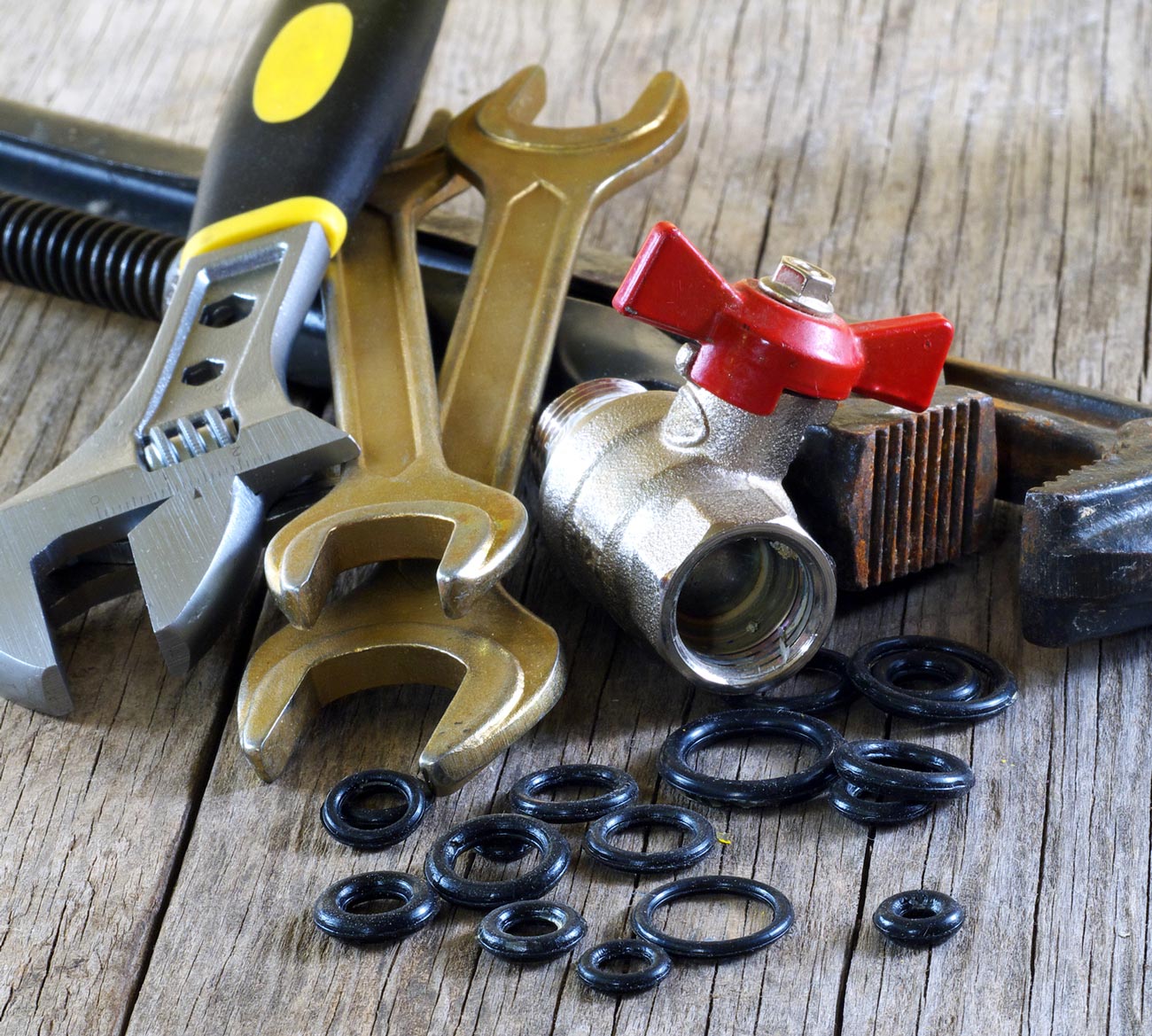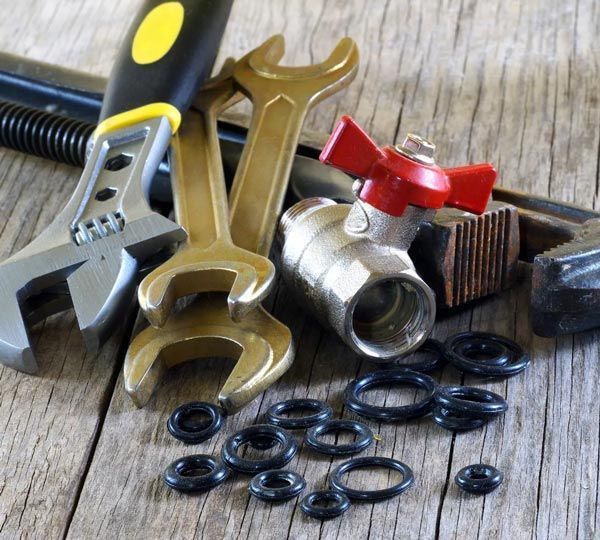Sump Pump
Sump Pump
Sump Pump
We will get back to you as soon as possible.
Please try again later.
What are the different types of sump pump available?
- Primary pumps are commonly found in residences and include the submersible pump and pedestal pump. Submersible pumps, as the name implies, are submerged under water in the sump basin. Pedestal pumps are fixated so that the motor is above the water.
- Battery back-up sump pumps act as generators for the main pumps. They are an added defense when your power goes out. During a power outage, your battery back-up pump automatically kicks on, providing enough power to the pump to keep it running.
- Combination sump pumps provide both the primary and the back-up pumps. This combination device is ideal to install. It guarantees a back-up motor for emergencies, saving you from having to drain a flooded basement.
Common problems to look out for
- Overwhelmed Pump
If you previously installed a pump that was not designed to handle high volumes of water, your pump will be too underpowered to get rid of the excess water. This leaves your home vulnerable to flooding during heavy rains.
- Clogging
Sediment buildup in your pipes prevent efficient water extraction from the basin of your sump pump. This can cause your device to overwork.
- Corrosion
If the rod that allows the sump pump float to move is corroded, the float will not work properly.
- Float Damage
The float in your sump pump can be compared to the float behind your toilet. A damaged sump pump float will lead to water leaking in the float. If the float stays underwater, we will need to replace it.
- Faulty Float Switch
The float switch is what triggers the sump pump to start running when water levels rise. Even if the float itself is working, a faulty float switch will prevent your sump pump from working.
We will get back to you as soon as possible.
Please try again later.
What are the different types of sump pump available?
- Primary pumps are commonly found in residences and include the submersible pump and pedestal pump. Submersible pumps, as the name implies, are submerged under water in the sump basin. Pedestal pumps are fixated so that the motor is above the water.
- Battery back-up sump pumps act as generators for the main pumps. They are an added defense when your power goes out. During a power outage, your battery back-up pump automatically kicks on, providing enough power to the pump to keep it running.
- Combination sump pumps provide both the primary and the back-up pumps. This combination device is ideal to install. It guarantees a back-up motor for emergencies, saving you from having to drain a flooded basement.
Common problems to look out for
- Overwhelmed Pump
If you previously installed a pump that was not designed to handle high volumes of water, your pump will be too underpowered to get rid of the excess water. This leaves your home vulnerable to flooding during heavy rains.
- Clogging
Sediment buildup in your pipes prevent efficient water extraction from the basin of your sump pump. This can cause your device to overwork.
- Corrosion
If the rod that allows the sump pump float to move is corroded, the float will not work properly.
- Float Damage
The float in your sump pump can be compared to the float behind your toilet. A damaged sump pump float will lead to water leaking in the float. If the float stays underwater, we will need to replace it.
- Faulty Float Switch
The float switch is what triggers the sump pump to start running when water levels rise. Even if the float itself is working, a faulty float switch will prevent your sump pump from working.


